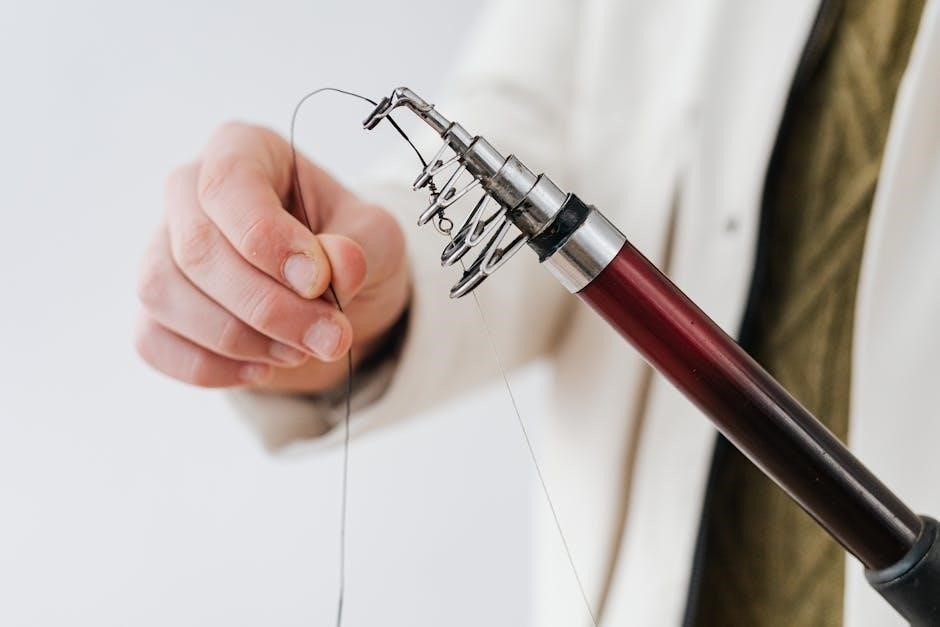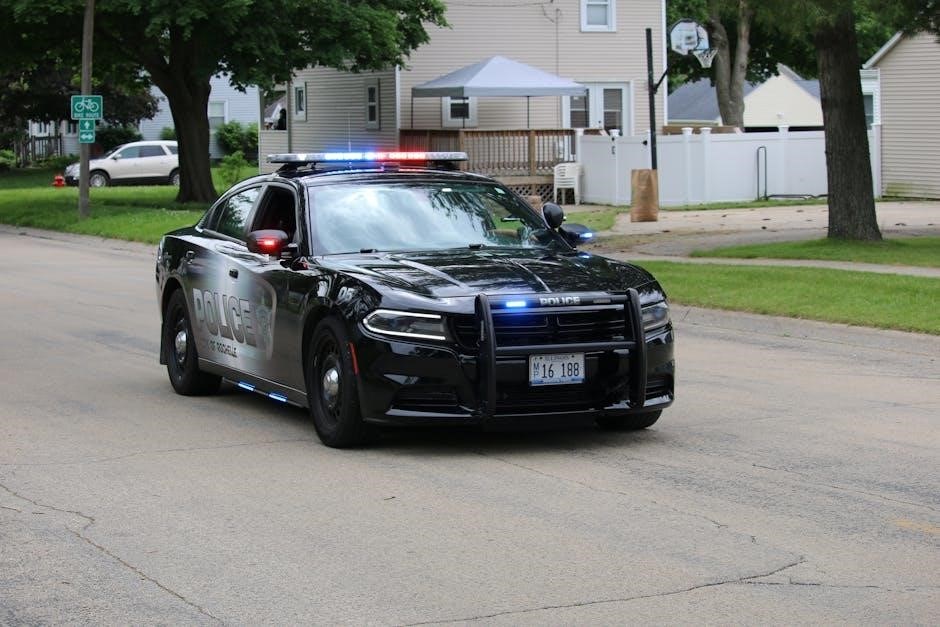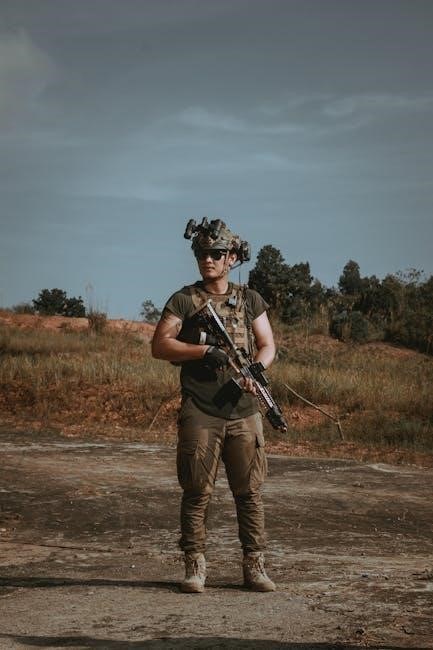Paw Patrol Casting Station Instructions PDF: A Comprehensive Guide
Embark on a creative adventure with the Paw Patrol Casting Station! This comprehensive guide, often available as a PDF, provides easy-to-follow instructions, ensuring a fun and successful experience molding and painting your favorite Paw Patrol characters. Get ready to bring Ryder and his team to life!
The Paw Patrol Casting Station offers a delightful entryway into the world of 3D art and character creation, specifically tailored for young fans of the popular animated series. This all-in-one kit provides children with the opportunity to mold, paint, and personalize their very own Paw Patrol figures, fostering creativity and hands-on learning. With easy-to-follow instructions and all necessary materials included, the Casting Station ensures a rewarding and engaging experience for kids of various skill levels.
Imagine the joy on your child’s face as they transform plaster into tangible representations of their beloved Paw Patrol heroes. This isn’t just a craft project; it’s a chance to develop fine motor skills, enhance artistic expression, and cultivate patience. The Casting Station encourages children to explore their imagination and bring their favorite characters to life in a unique and personalized way. Whether it’s Chase, Skye, or Marshall, each figure becomes a cherished keepsake, imbued with the child’s own creative touch. Get ready for hours of fun and imaginative play with the Paw Patrol Casting Station!

Components Included in the Casting Station Kit
The Paw Patrol Casting Station kit comes equipped with everything needed to start your 3D figure creation adventure. Inside the box, you’ll typically find bags of plaster, carefully measured to ensure the right consistency for molding. The kit also includes a selection of molds, often featuring popular characters like Chase and Skye, allowing you to create multiple figures.

To add color and personality to your creations, the kit provides a set of paints in various vibrant hues, along with a paintbrush for detailed application. Clear and concise instructions are essential, guiding you through each step of the molding and painting process. Depending on the specific kit, you might also find additional accessories like a mixing container or a small sculpting tool. These components are designed to work together seamlessly, providing a comprehensive and enjoyable crafting experience for Paw Patrol fans of all ages. Make sure you verify all the components are included.
Step-by-Step Instructions for Molding Paw Patrol Figures

Creating your own 3D Paw Patrol figures is an exciting and straightforward process, thanks to the detailed step-by-step instructions included with the casting station kit. Begin by preparing your workspace, ensuring it’s clean and protected. Next, carefully mix the plaster according to the specified ratios – usually one part water to two parts plaster.
Pour the plaster mixture slowly and evenly into the molds, making sure to fill all the intricate details. Gently tap the molds to release any trapped air bubbles. Allow the plaster to set completely, as indicated in the instructions, before carefully removing the figures from the molds. Once removed, you can begin the fun part: painting! Use the provided paints and brush to bring your Paw Patrol characters to life, following the colors and designs you love. Let the paint dry thoroughly, and your 3D Paw Patrol figures are ready to display and enjoy! Remember to always consult the specific instructions included with your kit for the best results.
Mixing the Plaster: Ratios and Tips
Achieving the perfect plaster consistency is crucial for successful molding. The recommended ratio is typically one part water to two parts plaster, but always refer to your kit’s specific instructions. Start by adding water to a clean mixing container. Gradually add the plaster powder, stirring continuously to prevent clumps from forming. The mixture should have a smooth, creamy texture, similar to pancake batter.
Avoid over-stirring, as this can introduce air bubbles and weaken the plaster. Stir for no more than five minutes, as the plaster begins to set quickly once water is added. If the plaster is too thick, add a small amount of water until you reach the desired consistency. Conversely, if it’s too thin, add a bit more plaster. Work quickly and efficiently, and immediately pour the mixed plaster into your molds for optimal results. Clean your mixing tools promptly after use to prevent the plaster from hardening. Following these tips will ensure strong, detailed castings of your favorite Paw Patrol characters.
Painting Your 3D Paw Patrol Figures
Once your plaster figures have fully hardened and dried, it’s time to bring them to life with paint! Before you begin, ensure your figures are clean and free of any dust or debris. Gather your paints, brushes, and a cup of water for rinsing. A well-lit workspace is also essential for detailed painting. Start with a base coat, using lighter colors first, and allow each layer to dry completely before adding another.
For finer details, use smaller brushes and a steady hand. Refer to images of the Paw Patrol characters for accurate color schemes, or let your creativity shine with custom designs. Don’t be afraid to mix colors to achieve the perfect shade. If you make a mistake, simply wipe away the wet paint with a damp cloth and try again. Once you’re satisfied with your masterpiece, consider applying a clear sealant to protect the paint and add a glossy finish. Now, proudly display your hand-painted Paw Patrol figures!
Different Types of Molds: Latex vs. Plastic
The Paw Patrol Casting Station may include either latex or plastic molds, each offering distinct characteristics. Latex molds are known for their flexibility, allowing for easier removal of the hardened plaster figures. Their pliable nature also accommodates intricate details, capturing the nuances of each Paw Patrol character. However, latex molds may require extra support during the plaster-pouring process to prevent distortion.
Plastic molds, on the other hand, provide a more rigid structure, maintaining their shape without external support. They are durable and easy to handle, simplifying the casting procedure. While plastic molds may not capture the same level of detail as latex, they offer a reliable and straightforward molding experience. When using plastic molds, ensure proper separation techniques to prevent the plaster figures from sticking. Ultimately, the choice between latex and plastic molds depends on personal preference and desired level of detail.
Troubleshooting Common Issues During Casting
Even with careful preparation, some common issues may arise during the Paw Patrol casting process. One frequent problem is plaster not setting properly, often caused by incorrect water-to-plaster ratios. Ensure you meticulously follow the instructions provided, using precise measurements. Another issue is air bubbles forming within the mold, leading to imperfections in the final figure. Gently tap the mold after pouring the plaster to release trapped air.
Cracking can also occur if the plaster dries too quickly. Avoid placing the molds in direct sunlight or near heat sources. If the cast figure gets stuck in the mold, try gently flexing the mold to loosen it. If this doesn’t work, carefully use a blunt tool to separate the plaster from the mold’s edges. Remember patience is key. If problems persist, consult the Paw Patrol Casting Station Instructions PDF for further guidance and troubleshooting tips.
Safety Precautions and Adult Supervision
When engaging in creative activities like the Paw Patrol Casting Station, safety should be a primary concern, especially when children are involved. Adult supervision is crucial throughout the entire process, from mixing the plaster to painting the finished figures. Plaster dust can be an irritant if inhaled, so ensure the mixing area is well-ventilated. Avoid direct contact with plaster, and wash hands thoroughly after handling.
The paints included in the kit are generally non-toxic, but it’s still wise to prevent ingestion. Keep paints and brushes away from young children when not in use. Be cautious when removing the cast figures from the molds, as sharp edges may be present. Dispose of plaster waste responsibly; do not pour it down drains, as it can cause blockages. By adhering to these safety precautions and ensuring vigilant adult supervision, you can create a safe and enjoyable Paw Patrol casting experience for everyone.
Creative Ideas and Customization Options
Once you’ve mastered the basic casting and painting techniques with your Paw Patrol Casting Station, it’s time to unleash your creativity! The possibilities for customization are endless, allowing you to create truly unique and personalized Paw Patrol figures. Consider experimenting with different paint colors and techniques beyond what’s included in the kit. Use glitter or add small craft embellishments to give your figures extra sparkle and flair.
You could also create themed scenes for your Paw Patrol characters. For example, design a snowy landscape for Everest or a watery backdrop for Zuma. Get creative with the bases for your figures; use small wooden plaques or even recycled materials to create unique stands. Why not add extra details with felt, yarn, or even small accessories like miniature tools or badges? Don’t be afraid to try new things and let your imagination run wild! Remember, the goal is to have fun and create Paw Patrol figures that are uniquely your own.
Alternative Uses for Paw Patrol Molds and Materials
Beyond creating traditional plaster figures, the Paw Patrol molds and materials can be repurposed for a variety of creative projects. Consider using the molds with other casting materials, such as resin or clay, to achieve different textures and finishes. Resin can create durable, glossy figures, while clay allows for more detailed sculpting before baking.
The molds can even be used for food-related crafts! Imagine creating Paw Patrol-shaped chocolates, candies, or even ice cubes. Simply ensure the molds are food-safe before using them with edibles. The included paints can also be used for other art projects, such as decorating paper, wood, or fabric. Leftover plaster can be mixed with water and poured into other molds you may have, or used to create textured backgrounds for artwork. Get inventive and explore the many ways to extend the life and usefulness of your Paw Patrol Casting Station components! The only limit is your imagination.

